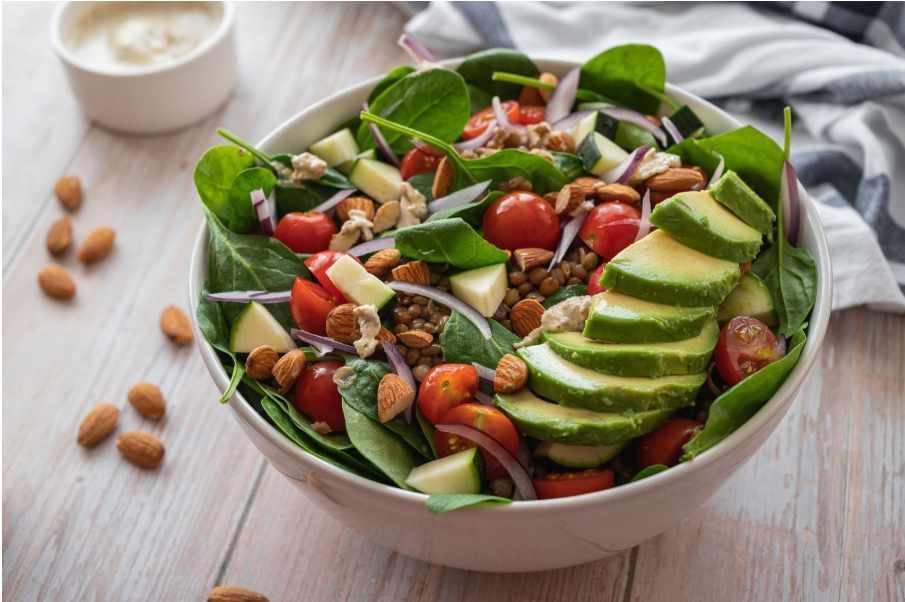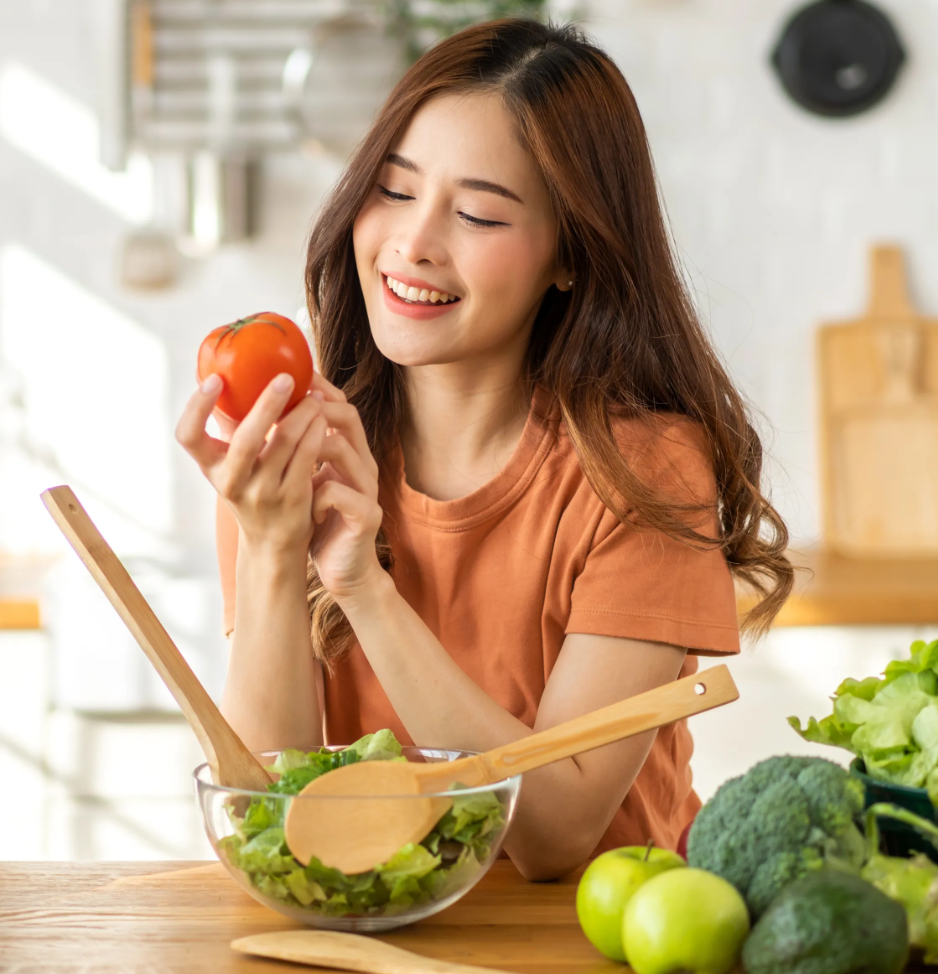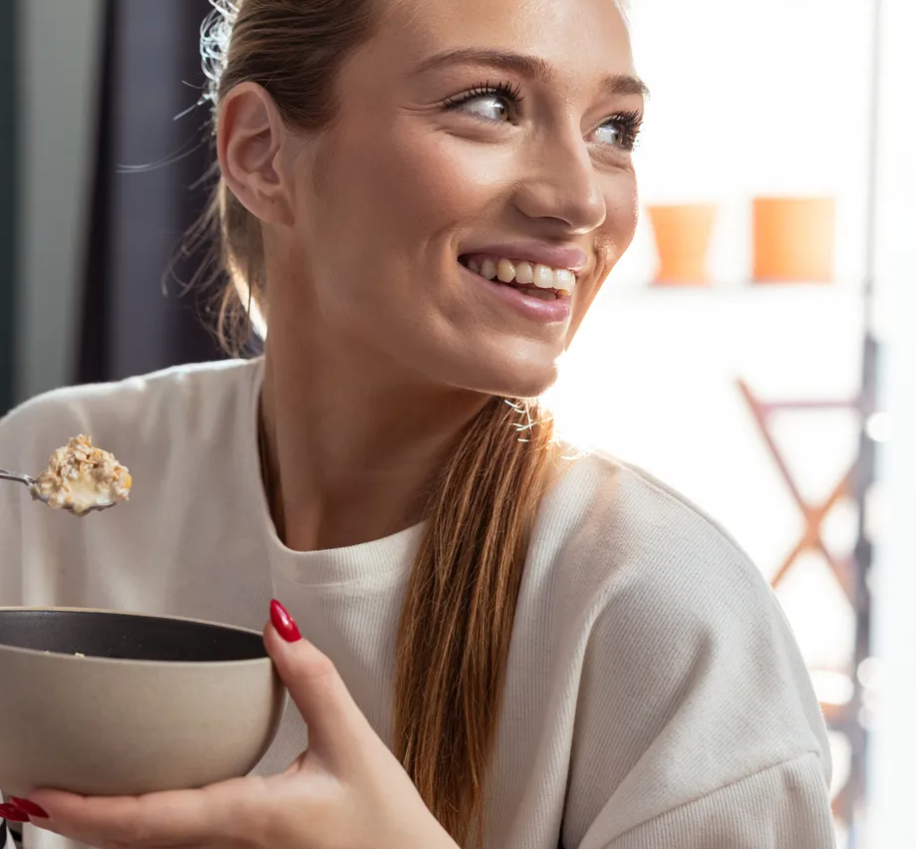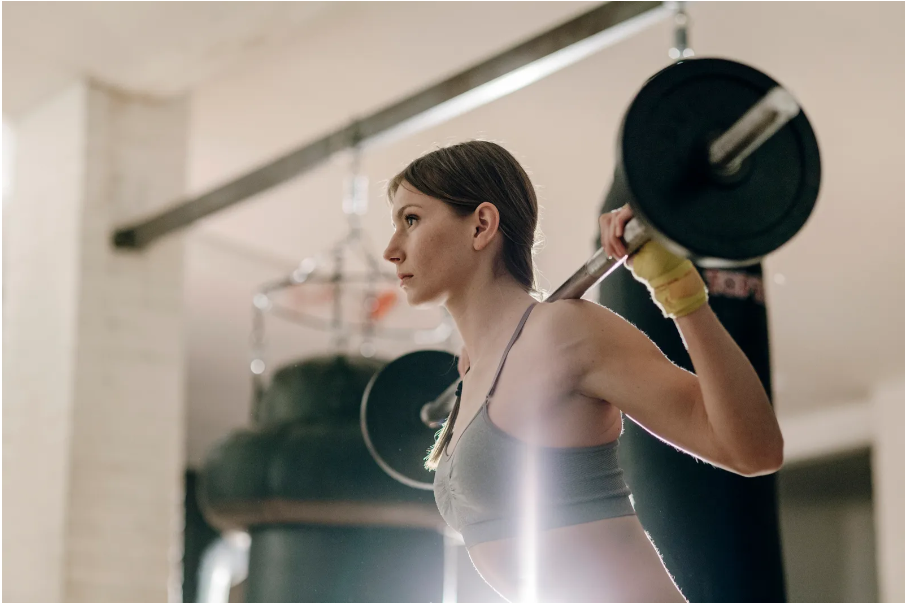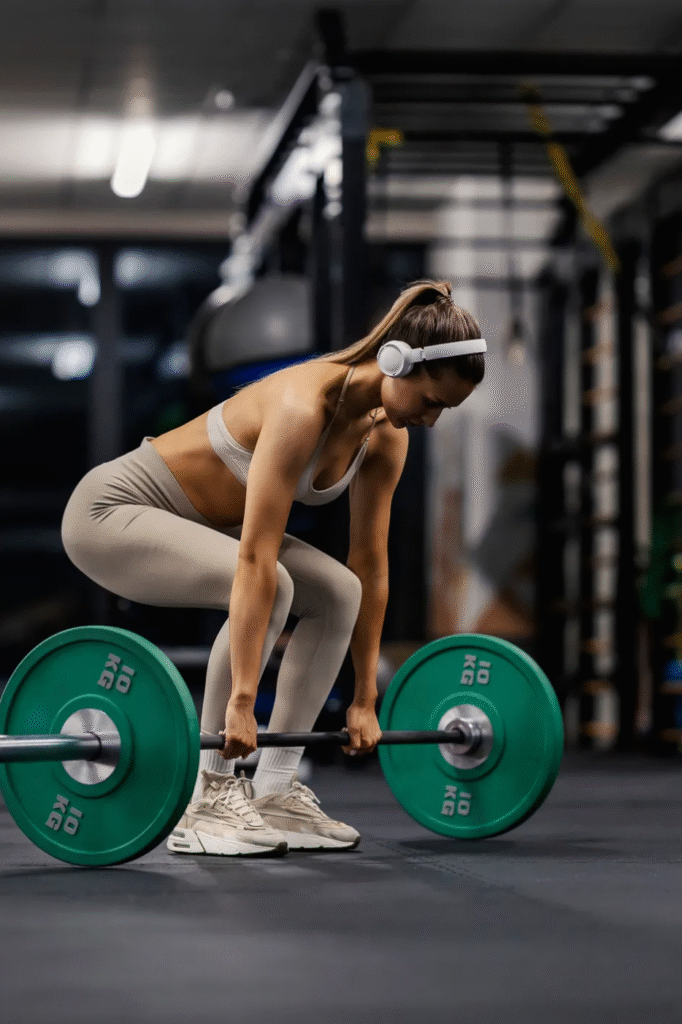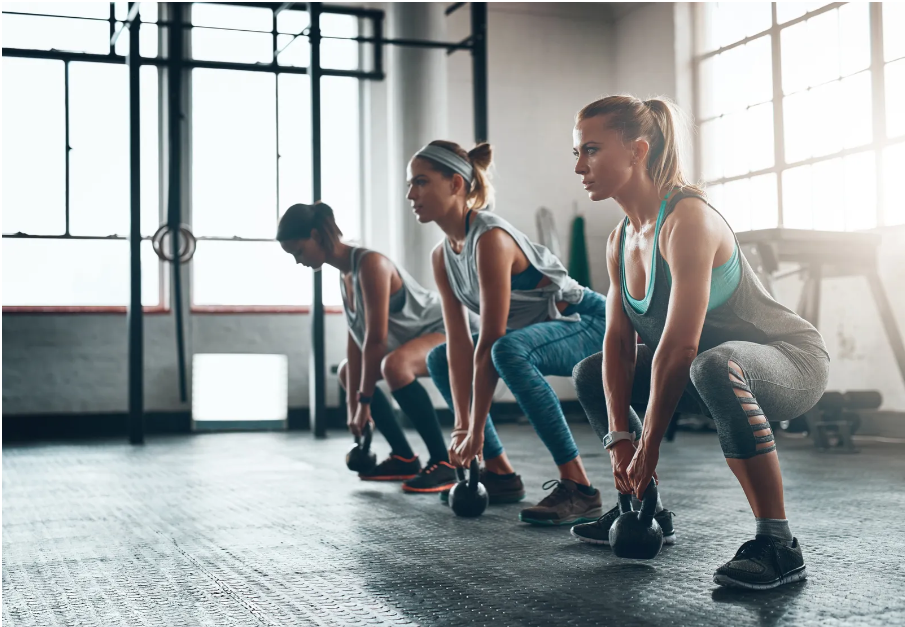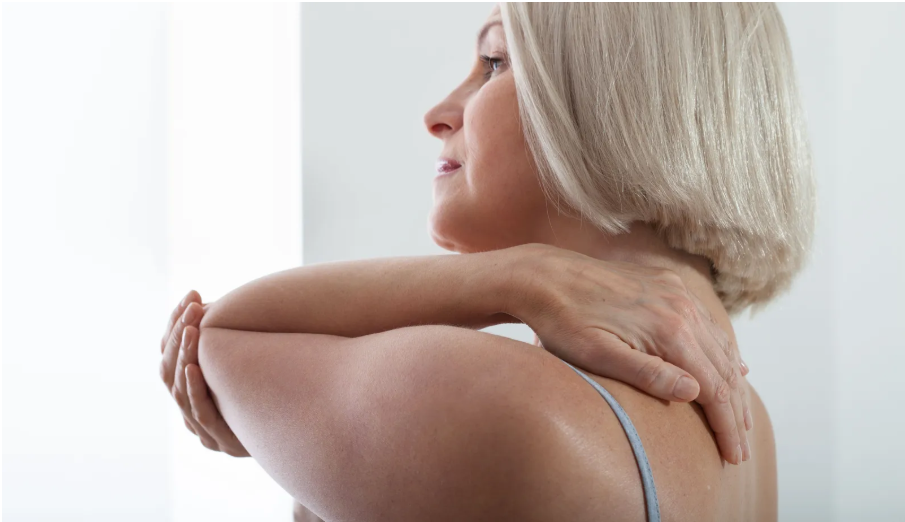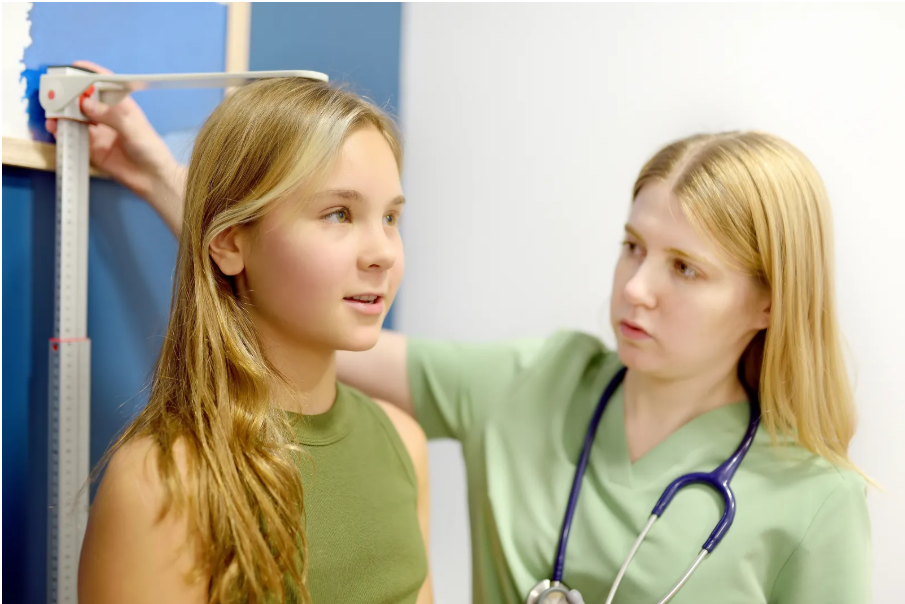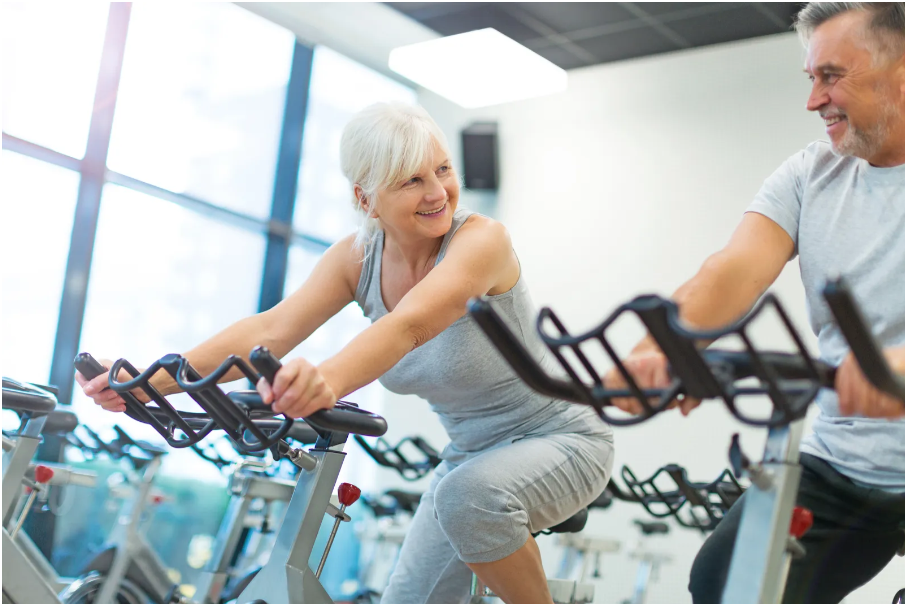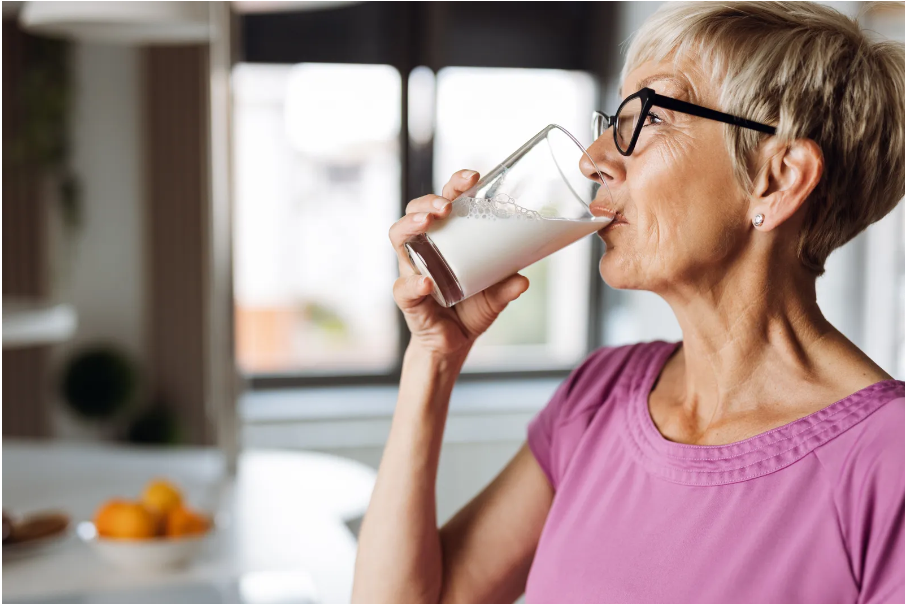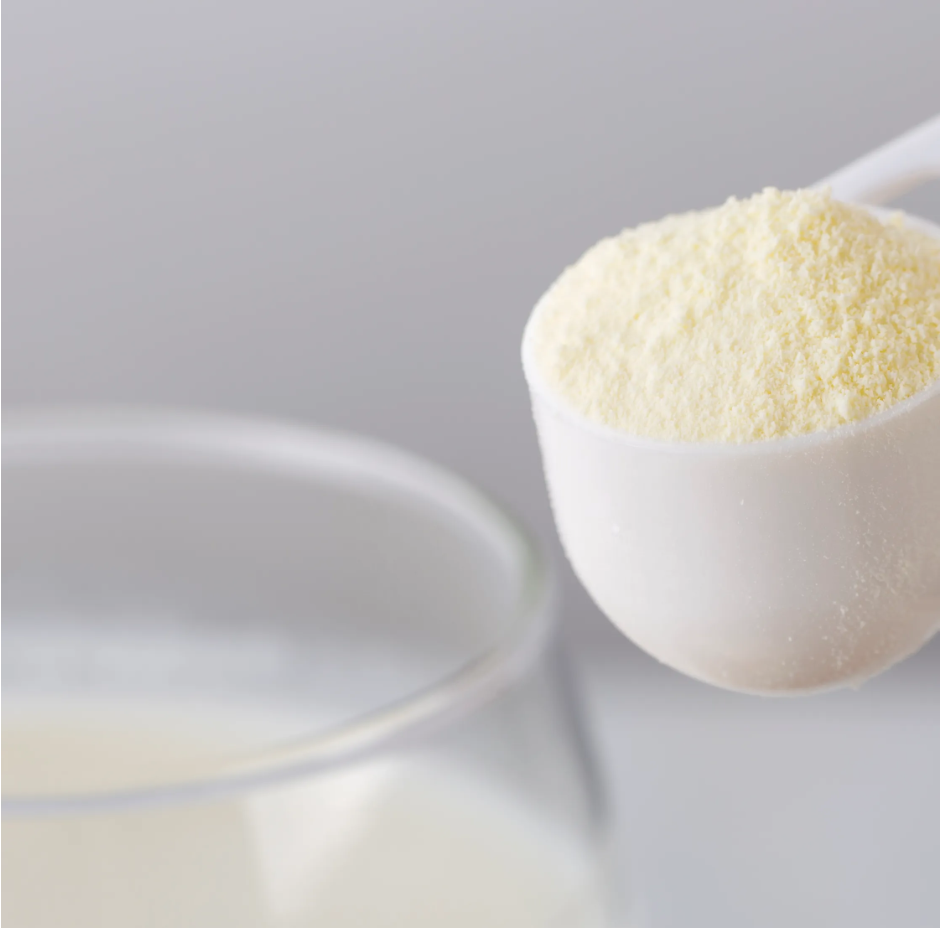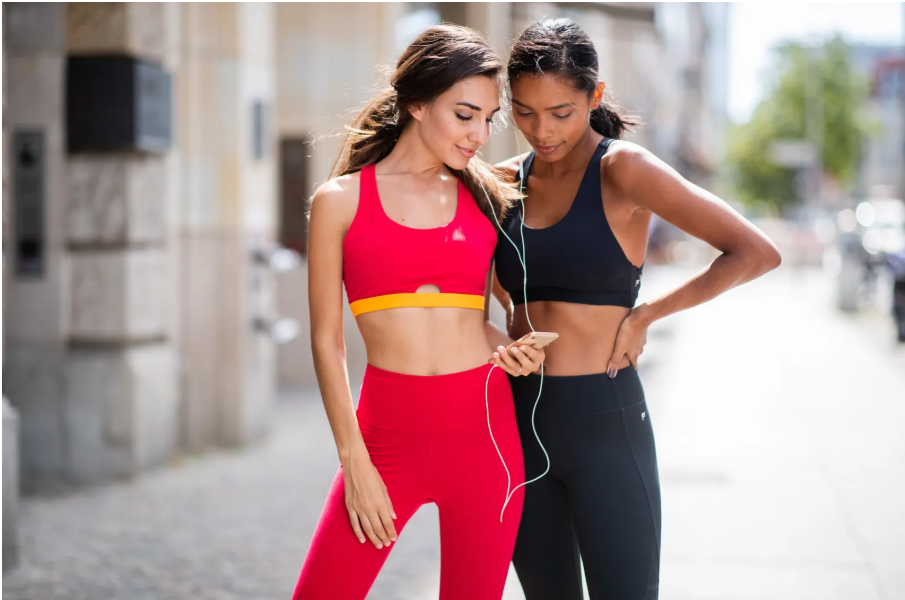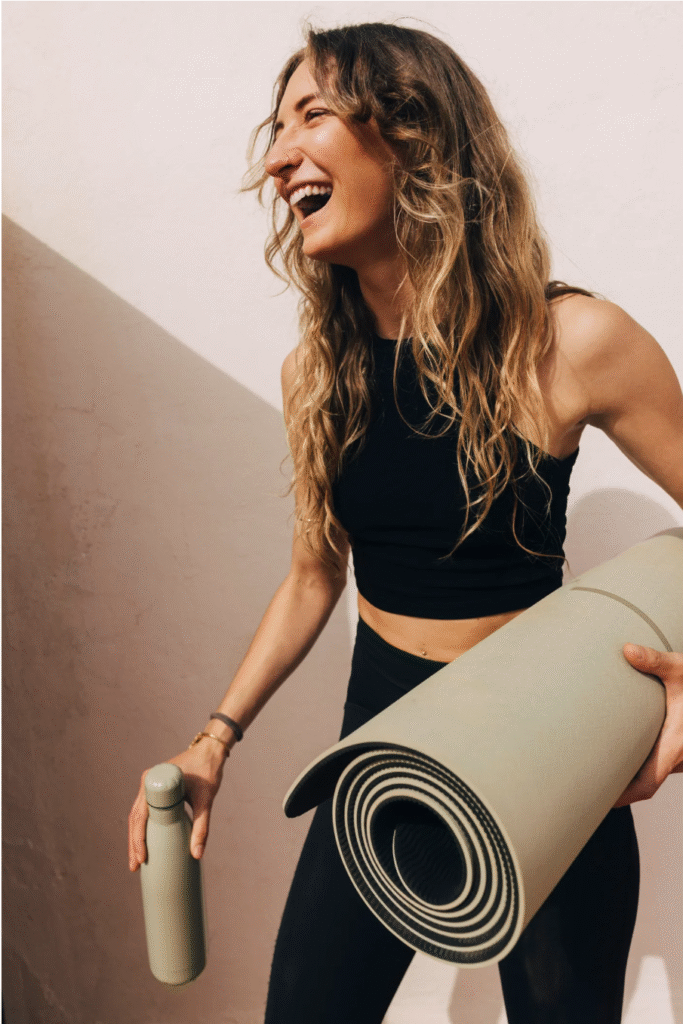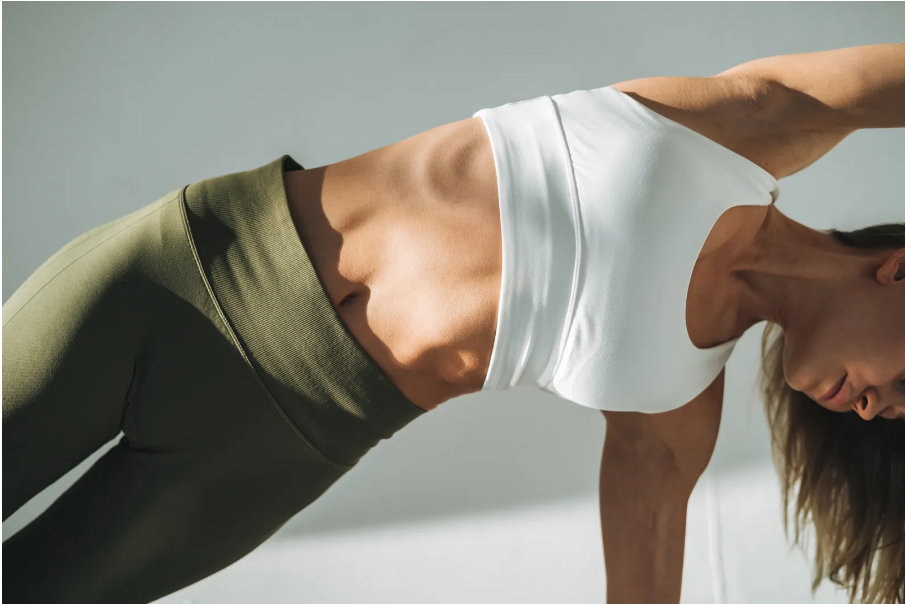In modern life, which pursues healthy diet, salad is often regarded as the first choice for light dinner, especially when you want to avoid high-calorie starch, raw vegetable salad seems ideal. However, German nutrition expert Dr. Maximilian Schubert reminds that eating salad or other raw food for dinner may have a negative impact on the digestive system and sleep quality. This article will analyze this view in depth and provide more suitable dietary suggestions for dinner.
1. Misunderstandings about eating salad for dinner and the digestive burden of raw food
Salad contains a lot of dietary fiber, which helps intestinal health, but fiber-rich raw food is more difficult to digest at night. Dr. Schubert pointed out that raw food is easy to cause gastrointestinal burden in the evening when the human body’s digestive ability decreases, leading to bloating, discomfort, and even affecting sleep quality.
In addition, nuts are also raw food if they are not heated and roasted, and eating them for dinner may also increase digestive pressure. Fruits have a high fructose content, and excessive consumption can also cause bloating and blood sugar fluctuations, interfering with sleep.
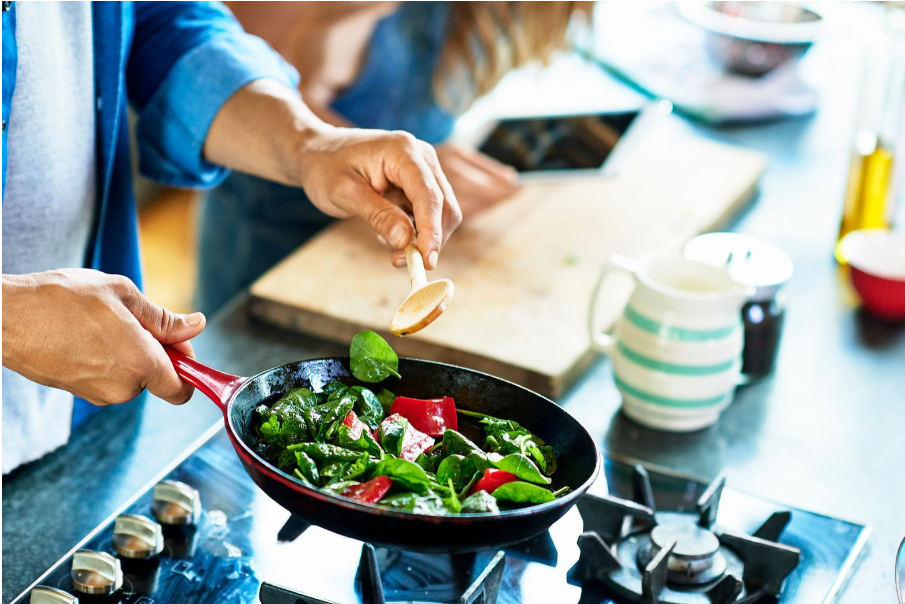
2. Best time to eat raw food and dinner diet principles
Experts recommend that you should avoid eating raw food after 4 to 5 pm, including lettuce, raw meat, raw fish and unroasted nuts. After this period, the activity of human digestive enzymes decreases, making it difficult to effectively decompose raw food, increasing the gastrointestinal burden.
For dinner, it is advisable to choose easily digestible and warm food to reduce the burden on the digestive system and promote good sleep. Foods suitable for dinner include:
- Steamed and boiled vegetables: such as spinach, carrots, and pumpkin, which are nutritious and easy to absorb.
- Clear soups: light and hydrating, aid digestion.
- Cooked whole grains: such as whole wheat pasta and brown rice, provide stable energy.
- Easily digestible protein: fish and chicken, low-fat and nutritionally balanced.
3. Sleep-promoting dinner recipes recommended by nutrition experts
Ingredients:
- 1~2 eggs
- 300g potatoes
- 500g baby spinach
- A little oil, salt, nutmeg
- (optional) a little truffle
Brief steps:
- Steam the eggs and set aside.
- Peel and cut the potatoes into pieces, mash them after boiling, and add seasoning.
- Stir-fry half of the spinach and blanch the other half and mash them into a puree.
- Arrange the spinach puree and potato puree on a plate, and finally put the halved eggs on top and garnish with truffles.
This dinner is mild and easy to digest, with balanced nutrition, and helps with sleep and body repair.
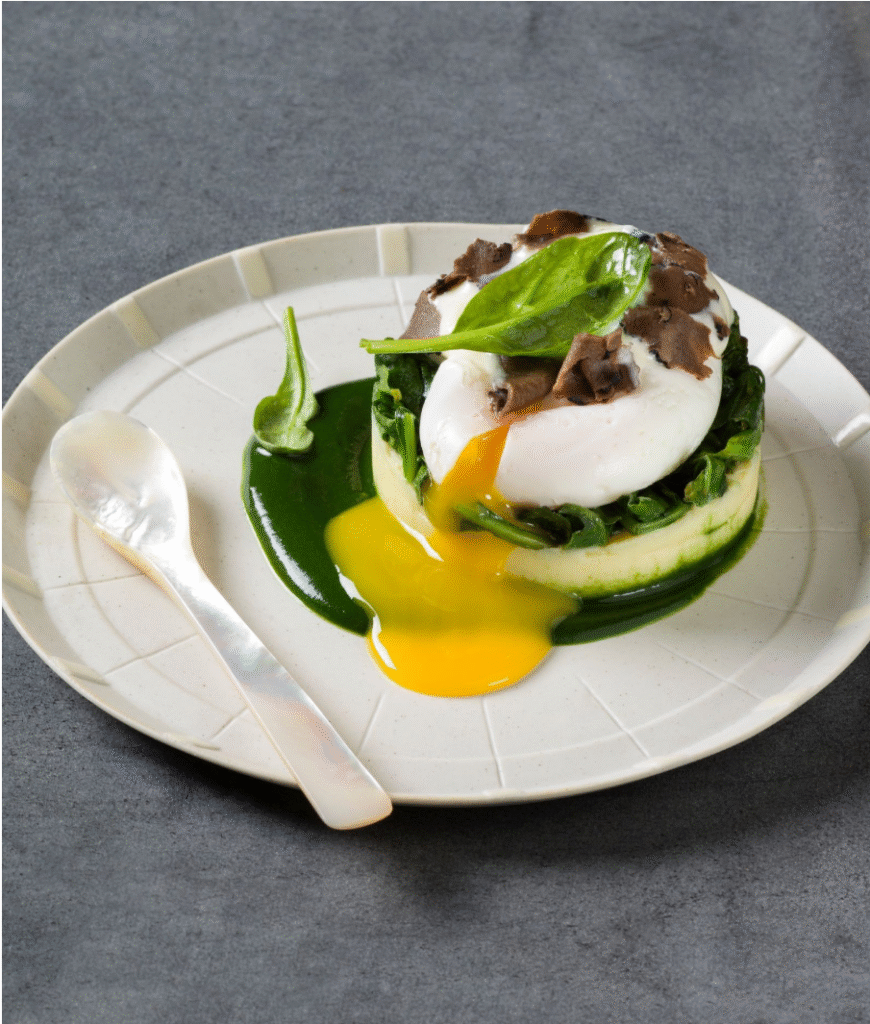
4. Scientific research support: The relationship between raw food and sleep quality
Many studies have shown that consuming high-fiber raw food at night can easily lead to gastrointestinal discomfort and bloating, change the balance of intestinal flora, and thus affect the sleep cycle. Sleep Medicine Review points out that excessive digestive burden will interfere with deep sleep and reduce sleep quality.
Therefore, avoiding raw food for dinner is not only a consideration for digestive health, but also the key to improving sleep quality.
Although salads and raw food are rich in nutrients and are an important part of a healthy diet, they should be consumed with caution during dinner. Choose warm and easily digestible food to reduce the burden on the gastrointestinal tract, so that you can have a good sleep and vitality the next day. Starting tonight, let’s prepare a warm dinner for the body and welcome the beauty of every morning.
*This article is compiled based on nutrition experts and the latest research, aiming to provide practical dinner diet guidelines to help you sleep healthily and be full of energy. *
“`
[1] https://www.vogue.com/article/raw-food-tamar-adler-may-2019-issue
[2] https://www.bannedbook.org/bnews/health/20241129/2122386.html
[3] https://www.vogue.com/article/eat-rainbow
[4] https://www.restaurantindia.in/article/molecular-gastronomy-is-still-in-vogue-at-restaurants-in-india.12807?page=17
[5] https://www.vogue.com/article/conversations-about-money
[6] https://www.nytimes.com/sitemap/lastweek/
[7] https://twitter.com/Vogue_Taiwan/status/1816020683631296784
[8] https://www.yelp.com/biz/sushivogue-woodbury
[9] https://www.vogue.com/article/date-night-reading-together
[10] https://www.instagram.com/p/DLEq2-IuW6O/
